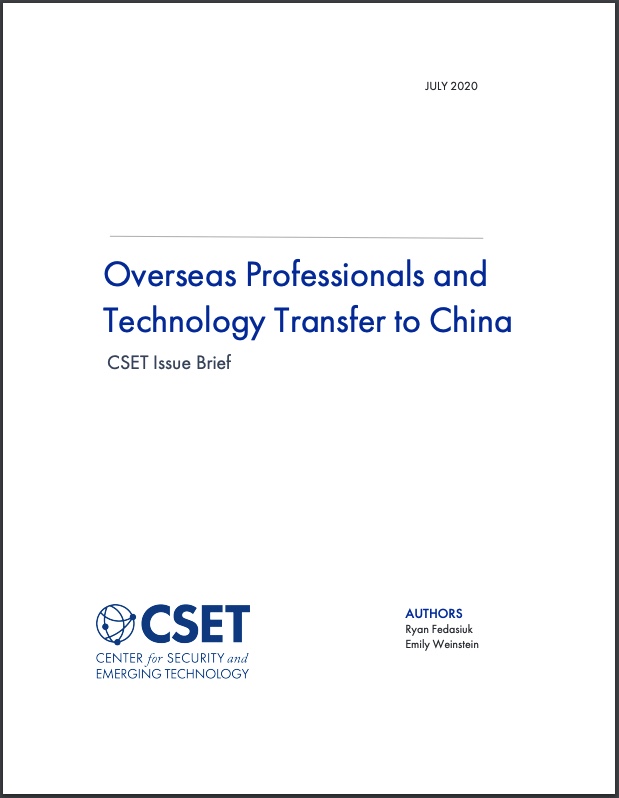Since the 1990s, the government of the People’s Republic of China (PRC) and the Chinese Communist Party (CCP) have encouraged members of the Chinese diaspora to “serve the nation” from abroad (为国服务), in part by promoting technical exchanges between established groups of overseas professionals and entities in China.1 Many Chinese professional associations (CPAs) operate independent of Party influence, and simply provide networking opportunities and social support to ethnic Chinese living outside China. But some CPAs serve as access points to technical information and expert personnel for Chinese laboratories and state-owned enterprises.2 This report highlights the scale of China’s technology transfer efforts that leverage professional associations abroad.
Among a limited sample of 208 overseas CPAs derived from lists of associations that participate in global “federations” of Chinese professional associations,3 we found:
- Approximately 145,000 people are members of professional associations that advertise they transfer technology to China—a small portion of the broader diaspora, which numbers 60 million people.
- 126 groups (61 percent) indicate on their websites that they exchange technical information, bring scientists to China, or contribute to specific Chinese talent plans.
- Fewer than one-third are located in the United States; the remaining two-thirds of associations operate across 21 countries, most of which are U.S. allies and partners, including Germany, Canada, France, and the United Kingdom.
- Those CPAs that openly advertise their missions to transfer technology to China are more likely to receive public praise from instruments of the CCP, including the Overseas Chinese Affairs Office of the State Council (OCAO; 国务院侨务办公室) and the United Front Work Department (UFWD; 中共中央统一战线工作部).
- CPAs that advertise they transfer technology in Chinese also are more likely to omit information about that aspect of their missions from the English-language versions of their websites.
Although many Chinese professional associations’ missions overlap with China’s national development strategies, we cannot determine which of these groups act as instruments of the Chinese state or Party, or merely exchange technology because it is in the nature of scientists to promote and share their knowledge. Note that members do not necessarily reflect the values espoused or activities advertised by the organizations in which they participate. Future research on this subject should shed light on overt connections between specific CPAs and China’s science and technology (S&T) ecosystem; in particular, connections to military-civil fusion efforts and research parks.
Download full issue brief
Overseas Professionals and Technology Transfer to China- This report attempts to disambiguate between arms of the Chinese state (PRC) and the CCP that are involved in technology transfer and overseas influence operations. However, in many cases, it is difficult to differentiate between state and Party efforts—a conscious move by Chinese leadership.
- William C. Hannas, James Mulvenon, and Anna B. Puglisi, Chinese Industrial Espionage: Technology acquisition and military modernization (New York, Routledge, 2013).
- This is not an exhaustive list of professional associations. We also do not include Chinese Student and Scholar Associations, university alumni groups, or technology transfer hubs in China in our analysis. See the Scope and Methodology section of this paper for details.
